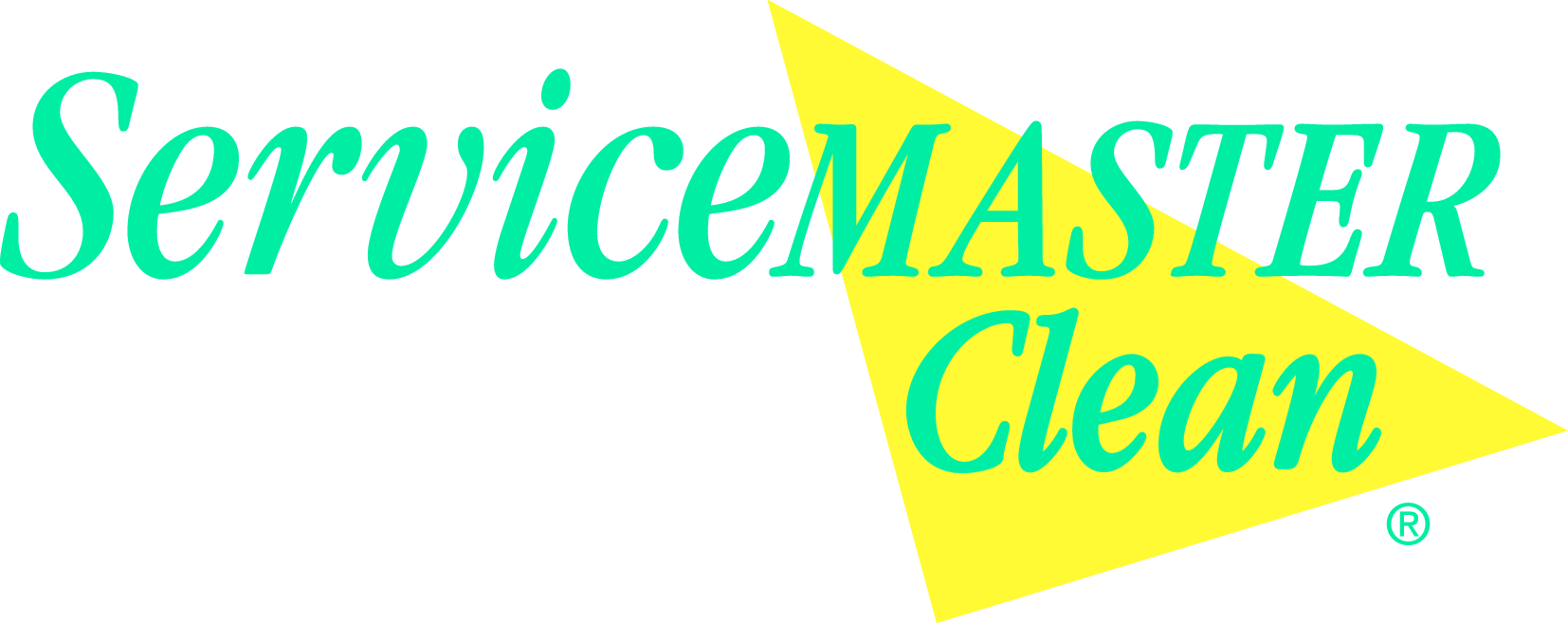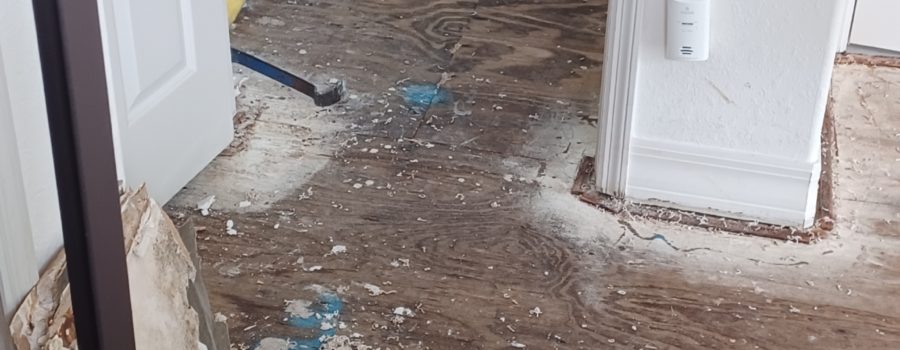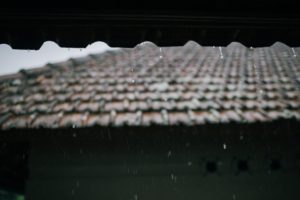How Can I Protect My Home From Water Damage? 5 Tips to Help You
Water damage ranks among the most prevalent and costly claims made by homeowners. It is also one of the causes of home emergencies many insurance companies receive. Water damage comes second from hail to wind damage. The only difference is that hail and wind damage are seasonal, but water damage is a year-round risk. Therefore, understanding its impact on our homes is very important.
Understanding factors causing water damage helps create effective prevention solutions. Implementing proactive measures is more beneficial and cost-effective than addressing an existing issue. This article will discuss the five most reliable protective measures against water damage.
1. Investigate and Fix Leaks Immediately
You should immediately investigate if you suspect water leakage in any part of your home. Some signs of water leaks include damp spots on the walls or floor and mildew smells. Postponing inspections and necessary repairs can cause the growth of biological contaminants. They can also lead to your home’s structural damage if severe.
Most available homeowners’ insurance doesn’t cover water damage. They only cover sudden and accidental damages. Many standard insurance policies don’t cover damages caused by improper maintenance. Being on the lookout for various water damage signs goes a long way in ensuring your home’s safety.
2. Install Leak Detection Sensors
Frequently, the sources of water damage are less conventional than one might assume. As a result, damage may persist without your awareness for an extended period. For this reason, installing leak-detection sensors in your home helps you solve this problem.
Leak detection sensors offer a convenient and cost-effective solution for receiving early alerts. This prevents significant and expensive damages. Some simple detection sensors are easy to install. However, others are a bit complicated and might require installation by a professional. To get the best out of your leak-detection sensors, place them strategically where water releases are prone.
3. Know Your Water Main
You don’t have to be a professional plumber to know plumbing basics. Experts say water main shutoffs are any home’s most crucial plumbing feature. This is because it is responsible for providing water to the entire household. The main conduit allows water to flow through, distributing it to the remaining network of pipes.
The significance of comprehending your water main becomes apparent during a plumbing crisis. Knowing your water lets you turn it off on time, minimizing further damage. Some homes might not have a notable water main. So, when purchasing a house, ensure you verify the existence of this essential plumbing component. You should ensure it is installed as soon as possible if it is missing.
Turning off the main water supply is recommended before departing from your residence for an extended duration. By doing so, you can safeguard your home from potential water-related damage.
4. Maintain Trees and Vegetation
Thriving shrubs make our homes look so beautiful, especially for nature lovers. However, disaster strikes when the roots of your beautiful shrubs wrap around your pipes and break them. Therefore, minimizing the landscape near utility pipes is very important. If feasible, it is advisable to eliminate oversized trees and shrubs close to utility pipes.
For those who prefer sewer-safe landscaping, you should ensure it is done in the safest way possible. It is also essential to choose shrubs and trees with shallow root systems. Ensure the trees are planted at least 20 feet from the drainage field and pipes.
5. Clean the Gutters Regularly
Rainwater from the roof can accumulate in your gutters. Gradually, the water infiltrates your home, leading to significant damage. To avoid blockage on your drains, you should have them cleaned at least twice a year or after a hail. Unmanaged water overflow from your gutters can create puddles that destroy your home’s foundation.
Cleaning the downspouts helps ensure steady water flow from your roof. You should, however, ensure the downspouts flow away from your home’s foundation. A roof inspection should be lined up with a gutter inspection. Well-maintained gutters protect your home from damage and also reduce moisture around windows. If trees surround your home, you may need to clean your gutters more often to clear leaves and pine needles.
For more information on water damage protection, contact Service Master SRQ. Our goal is to offer extraordinary services to our clients, exceeding their expectations.



